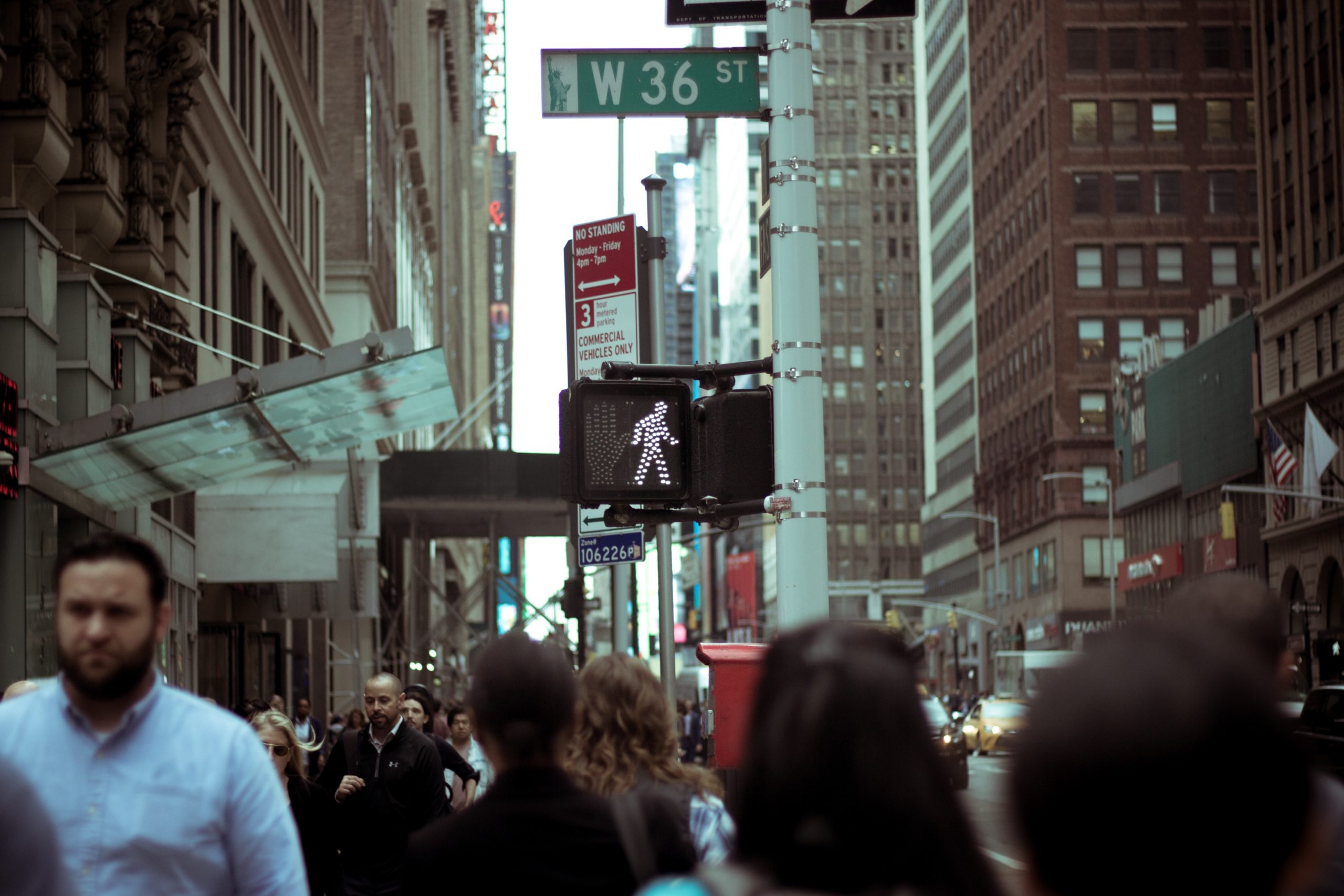4/20/2020
It’s the question on everyone’s mind: when will things get back to normal? Unfortunately, the answer isn’t as straightforward as one might hope, and there may not really be a “normal” to get back to for many months, if not several years. But there are many potential paths to take on our long journey back to a semblance of our old lives. So far, the U.S. government has not created or committed to any such plan, but a few prominent people and organizations have floated their own ideas.
The most well-publicized of these plans come from the American Enterprise Institute, the Center for American Progress (CAP), Harvard’s Safra Center for Ethics, and Nobel-winning economist Paul Romer. The first three of these start with a long phase consisting of lockdown and extreme social distancing, like what we’re doing now (at least here in California). Then, they transition to a more relaxed stage of social distancing, with mass testing and surveillance to trace the spread of the virus. The CAP and Harvard’s proposed method of surveillance is an app that they would expect everyone to download, which would track each user’s movements and alert them if they came in contact with anyone found to have COVID-19. Apps like this are already being used in Singapore and South Korea, with some early successes, but the U.S. has a very different culture, especially when it comes to the idea of privacy rights. A recent poll concluded that fully 70% of Republicans and 46% of Democrats “strongly oppose” using cellphone data to enforce quarantine for those found to have come into contact with an infected person. The CAP went into further detail about the requirements they envisioned for the app, including a “trusted nonprofit organization” to oversee the data and restrictions on who the data can be shared with and when it should be deleted. However, given the track record of our current leadership and the continuously decreasing level of trust Americans have in the current administration, it seems unlikely that said administration would be able to competently implement what would be a complex and delicate system.
Given these obstacles, in particular Americans’ abhorrence of anything resembling a surveillance state, Romer’s plan instead relies on an enormous increase in testing — 22 million tests per day — in order to be able to test the entire country every 14 days. But right now, the U.S. is hardly reaching a few million tests per week, and already struggling with test shortages, so this plan is almost definitely unfeasible. The “middle ground” between Romer’s plan and the two detailed above is the one from the American Enterprise Institute, but its major downside is that it would essentially require a continued oscillation between complete and more relaxed social distancing measures until a vaccine is readily available. The idea that the current administration would be willing to basically re-close the country after opening it up seems unlikely, especially considering the president’s election-year people-pleasing agenda.
Even with the more feasible plans, there are massive trade-offs to make. On the one hand, we have the lives that will be lost to COVID if we open the country back up too soon, and on the other, we have the livelihoods (and possible lives) that will be destroyed without income if the economy doesn’t rebound in the coming weeks and months. And to make matters worse, low-income individuals tend to be the ones most impacted by the lockdown; just one exhibit of this phenomenon is the fact that only 47% of private-sector workers making the bottom 25% of wages have paid sick leave (as compared to 90% of workers in the top 25%). The business and professional classes can generally continue their work online, but that’s not true for plenty of lower-paying jobs — so the people who most need to keep their jobs to keep their livelihoods are the ones losing them the longer the country stays shuttered.
So, when is the cost of lives lost by opening the country equal to the devastating consequences of keeping it shut down? How do we measure a potential egregious loss of privacy for the whole nation against more deaths or the chaos of oscillations between open and closed? And who, if anyone, has the ethical authority to make these tangled choices?

